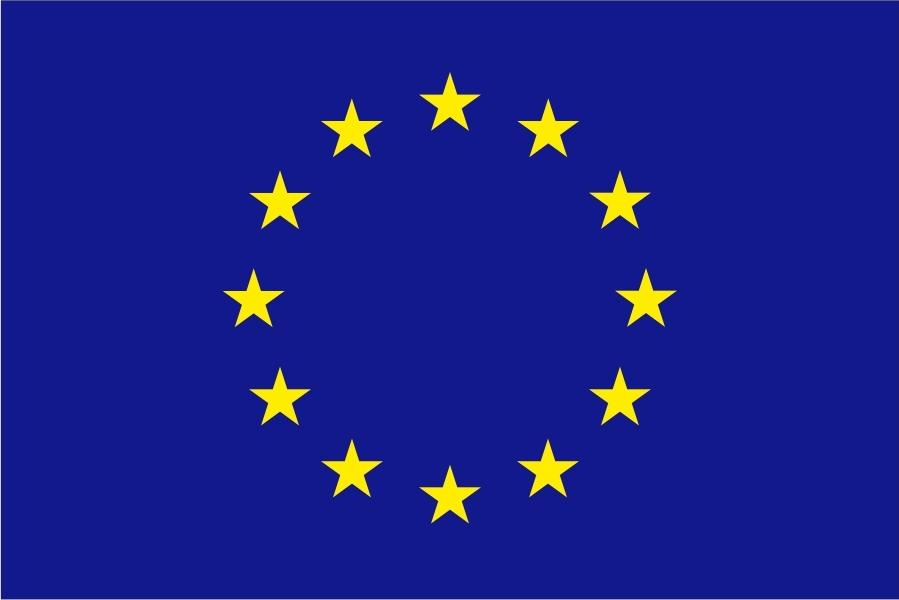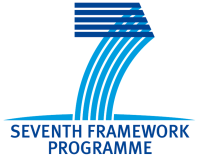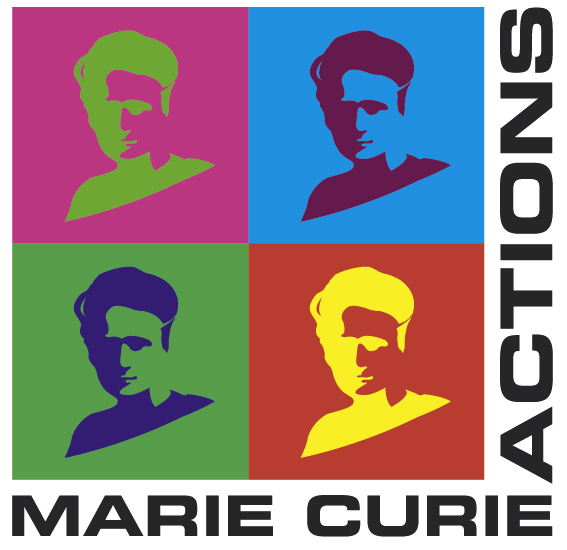The secondment of Lorenzo Schinaia took place from the 1 June until 31 August 2015 from from Partner Villa Serena to partner TUIL (Academia, Ilmenau, Germany). During the secondment, Lorenzo Schinaia has developed and tested the final release of the software toolbox for the detection and rejection of artifacts affecting EEG signals. The procedure is based on the Fingerprints procedure, and the purpose of the work done during the secondment at TUIL was to develop the Automatic procedure for the artifacts removal from EEG signals. This procedure is implemented using a number of features of the independent components (ICs) separated from the EEG signals using independent component analysis (ICA). Each IC is described by spatial, temporal, spectral and correlation properties (IC-fingerprint) that represent the IC as a point in a parameter space.
To expand the use of this procedure to non-experts, the IC-fingerprints of specific artifacts (such as eye blinks, eye movements) have been identified. These will be used by a SVM (Support Vector Machine system) to remove artifacts automatically. The toolbox application was validated on a specific set of artifacts (Eye-Blink, Eye-movement in the horizontal and vertical direction, swallowing). The original signals from both a traditional wet EEG system and a prototype dry electrode EEG system have been provided by the partner TUIL to allow the validation of the software toolbox. When evaluating the features of the ICs extracted from the EEG signals recorded with the dry electrodes, the software toolbox had to be adapted to the different layout of electrodes in the cap with respect to standard 10-5 or 10-20 layout.
Finally, Lorenzo Schinaia has implemented two different interfaces (ANDREA and ANDREA_DRY) that provide a freeware user-guide for using the software toolbox with wet and dry electrode caps. The performance of the analysis software toolbox has been also evaluated in terms of Accuracy, Specificity and Sensitivity for both wet and dry electrode signals. Regarding the future development of the analysis software toolbox, Lorenzo Schinaia has collaborated with Uwe Graichen (developer of the SPHARA tool) to improve the software outcome by implementing a mixed algorithm based on both procedures: the Fingerprints approach and the SPHARA approach.


